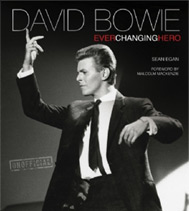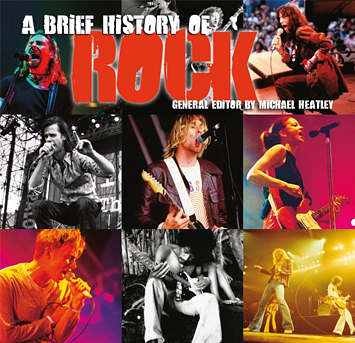Instruments | Instruments Trouvés & Sound Effects | Percussion
Sound effects and instruments trouvés include found objects and specialist machines for making noises. Composers have made extensive use of both sound effects and found objects in orchestral music, especially in music for theatre, dance and opera.
Sound Effects
The wind machine was originally a theatrical sound effect, and is a cylinder of wooden slats with a canvas covering. The cylinder is turned by a crank-handle and rubs against the canvas, producing the sound of rushing wind. It is used in the Sinfonia Antarctica (1949–52) by Ralph Vaughan Williams (1882–1958). The wind machine may be teamed with the thunder sheet – a large flexible metal sheet suspended from a frame, which gives a rumbling sound when shaken.
Gershwin wrote for four tuned car horns in An American in Paris (1928), and Leonard Bernstein (1918–90) instructs the timpanist to blow a police whistle to break up the fight scene in West Side Story (1961). There is a starting pistol in Erik Satie’s (1866–1925) ballet Parade (1917), which also includes a typewriter and a bouteillophone, a set of tuned bottles played like a xylophone. Tchaikovsky writes for cannon in his overture The Year 1812, but this sound is often produced electronically, as it is a logistical challenge to co-ordinate ballistics with an orchestra in the concert hall.
Found Objects
Found objects can be anything that takes the composer’s fancy – such as the table and chairs, rice bowls, chopsticks, two wine bottles, paper napkins, bottle of soft drink, washing-up bowl, tablecloth, wine glasses, apron and rubber gloves played by four percussionists in Stephen Montague’s (b. 1943) Chew Chow Chatterbox (1998).
Modernist composers in the twentieth century have sought new sonorities for their music, drawing on sounds from the industrial world, electronic music, pop music and world music for inspiration. Instruments previously regarded as novelty items have became integral to the sound world of modern music. Varèse includes hand-cranked sirens and anvil in Ionisation (1930), which is written for 13 percussionists. He uses chains dropped into a metal box in Intégrales (1920), as did Arnold Schoenberg (1874–1951) in Gurrelieder (1910).
Compositions for Found Objects
John Cage (1912–92) challenged the listener to focus on the placement of sounds in his music for prepared piano and music using electronic equipment. Rocks (1986) requires radios, television sets, cassette machines and machines emitting fixed sounds like vacuum cleaners, buzzers and alarms. In Child of Tree (1975) and Branches (1976) cactus spikes are played with toothpicks.
György Ligeti’s (b. 1923) opera Le Grand Macabre (1978) has a car-horn prelude to each act and a huge range of percussion, including a tray of china that is thrown into a trash can. James Wood combines percussion from around the world with found objects. Tongues of Fire (2001) uses a quartet of oil drums played on different parts of their surfaces with different beaters to create a range of sonorities, and using them as resonators for cowbells, gongs and güiros.
New Sounds
The performance...
AUTHORITATIVE
An extensive music information resource, bringing together the talents and expertise of a wide range of editors and musicologists, including Stanley Sadie, Charles Wilson, Paul Du Noyer, Tony Byworth, Bob Allen, Howard Mandel, Cliff Douse, William Schafer, John Wilson...
CURATED
Classical, Rock, Blues, Jazz, Country and more. Flame Tree has been making encyclopaedias and guides about music for over 20 years. Now Flame Tree Pro brings together a huge canon of carefully curated information on genres, styles, artists and instruments. It's a perfect tool for study, and entertaining too, a great companion to our music books.

David Bowie
Fantastic new, unofficial biography covers
his life, music, art and movies, with a
sweep of incredible photographs.


